Converting a manual to an automatic transmission offers convenience and smoother driving but requires careful planning and technical expertise. This guide explores the process, benefits, and challenges involved in achieving a seamless transition to automatic transmission, helping you decide if it’s the right choice for your vehicle.
1.1 Overview of the Process
Converting a manual to an automatic transmission involves removing the manual gearbox, installing a compatible automatic unit, and adapting drivetrain components. The process also requires modifying the electrical system, replacing the clutch pedal with an automatic shifter, and ensuring proper ECU calibration. Professional expertise is often essential due to the complexity of the task, which demands precise adjustments and thorough testing post-installation.
1.2 Benefits of Converting to an Automatic Transmission
Converting to an automatic transmission enhances driving convenience, offering a smoother experience in traffic. It eliminates manual gear shifting, reducing driver fatigue and improving accessibility for those less comfortable with manual driving. Additionally, automatic transmissions can provide better low-speed maneuverability and reduced stalling, making city driving more enjoyable. This conversion also broadens the appeal of the vehicle to a wider range of potential drivers.

Assessing Feasibility and Compatibility
Evaluating your vehicle’s make, model, and year is crucial to determine if an automatic transmission conversion is feasible. Engine specifications, ECU compatibility, and drivetrain alignment must be considered. Compatibility varies widely, impacting the complexity and cost of the project. Professional consultation is often necessary to ensure a viable and successful conversion.
2.1 Factors Influencing Conversion Feasibility
Several factors determine the feasibility of a manual to automatic transmission conversion, including the vehicle’s make, model, and year. The compatibility of the engine with an automatic transmission is crucial, as modern engines often rely on specific ECUs. Additionally, the availability of compatible transmission units and the need for drivetrain modifications significantly influence the practicality and cost of the conversion. Professional expertise is often essential to assess these factors accurately and ensure a successful outcome.
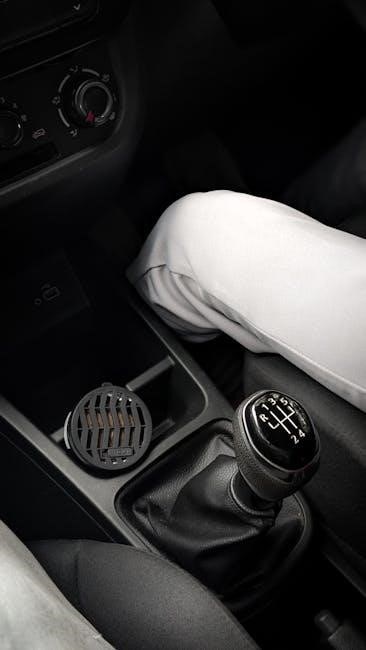
2.2 Vehicle-Specific Considerations
Vehicle-specific considerations play a vital role in manual to automatic transmission conversions. Factors such as the car’s engine specifications, weight, and intended use significantly impact the choice of transmission. For instance, high-torque engines may require heavier-duty automatic units. Additionally, modifications to the chassis, wiring, and control systems are often necessary to accommodate the new transmission, ensuring compatibility and optimal performance. Each vehicle may have unique requirements, making pre-conversion research essential.
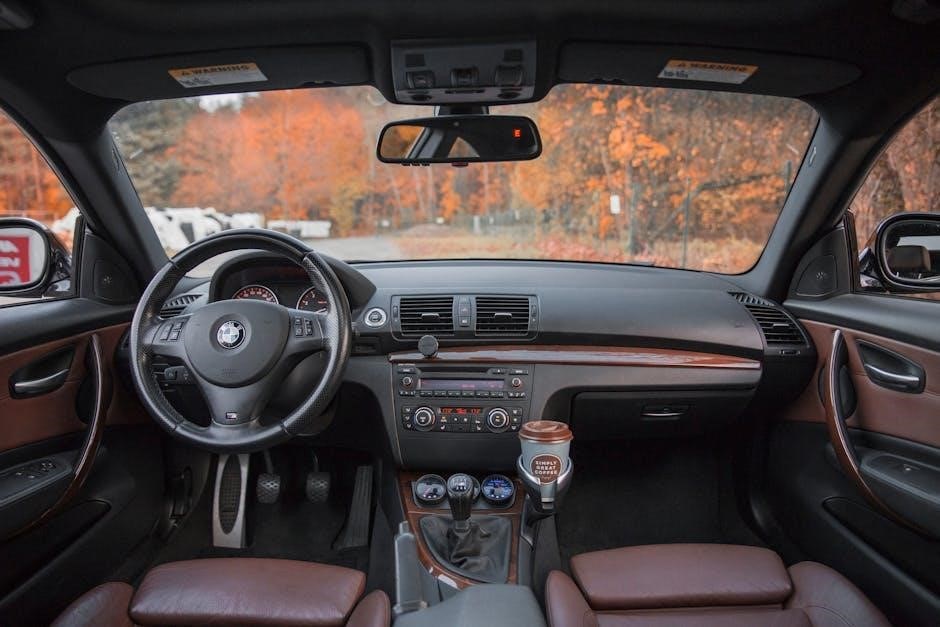
Cost Considerations and Budgeting
Converting a manual to an automatic transmission can cost between $1,500 and $3,000, depending on the vehicle’s make, model, and shop labor rates. Budgeting for parts, labor, and potential modifications is essential to ensure a smooth conversion process.
3.1 Estimated Costs for Conversion
Converting a manual to an automatic transmission typically costs between $2,000 and $5,000, depending on the vehicle’s make and model. This includes the transmission unit, labor, and additional components like the ECU and wiring harness. Used transmissions are more affordable, while rebuilt or custom units increase expenses. Budgeting for potential drivetrain modifications is also crucial to ensure compatibility and performance.
3.2 Factors Affecting the Total Cost
The total cost of a manual to automatic transmission conversion varies based on the vehicle’s make, model, and year. Used transmissions are cheaper, while rebuilt or custom units increase expenses. Labor costs from professional mechanics, additional modifications like drivetrain changes, and electrical system updates also contribute to the final price, making thorough budgeting essential.

Choosing the Right Conversion Kit
Selecting the right conversion kit is crucial for a smooth manual to automatic transmission swap. Kits vary widely, so compatibility with your vehicle and performance needs is essential.
4.1 Types of Conversion Kits Available
Conversion kits vary, catering to different needs and vehicle specifications. Options include universal kits for adaptability, vehicle-specific kits for precise compatibility, and plug-and-play kits for easier installation. Some kits are tailored for performance or economy, while others focus on retaining original drivetrain characteristics. Rebuilt and custom kits are also available, offering flexibility for unique requirements.
4.2 Selecting the Best Kit for Your Vehicle
Selecting the right conversion kit involves matching your vehicle’s make, model, and engine specifications. Consider factors like compatibility, ease of installation, and additional components needed. Universal kits offer flexibility, while vehicle-specific kits ensure seamless integration. Research and compare options to find the kit that aligns with your vehicle’s requirements and your budget for a successful conversion.
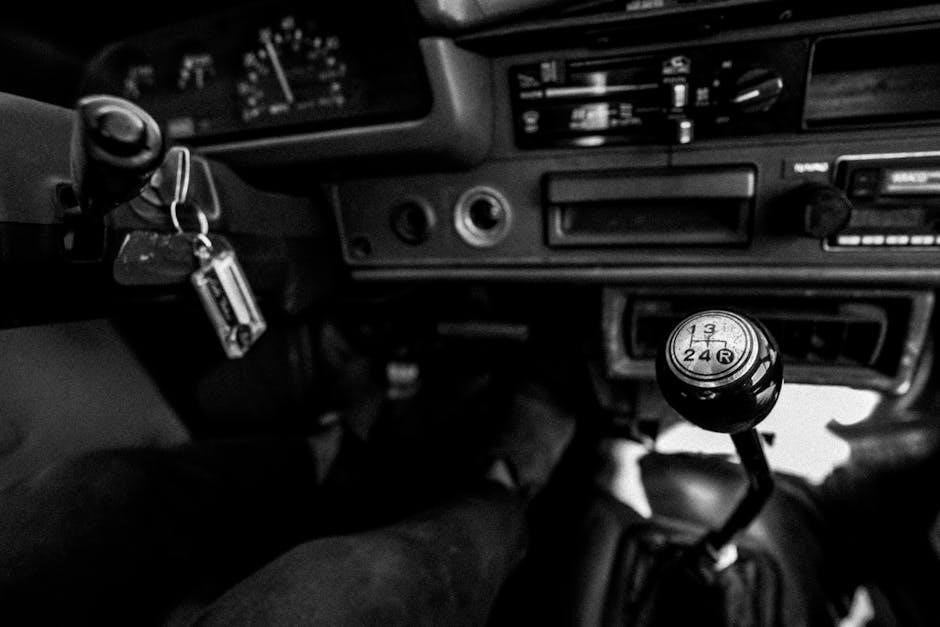
Step-by-Step Conversion Process
Preparation involves removing the manual transmission, adapting the drivetrain, and installing the automatic unit. Follow detailed steps to ensure a smooth transition and proper integration of components.
5.1 Preparing the Vehicle for Conversion
Begin by assessing the vehicle’s compatibility and gathering necessary tools and parts. Secure the car on jack stands, disconnect the battery, and drain fluids. Research the specific transmission model and budget for the conversion. Consult a mechanic if unsure, as the process is complex and requires precise planning to ensure a successful transition to automatic transmission.
5.2 Removing the Manual Transmission
Disconnect the battery and drain fluids before starting. Remove the gearshift, pedal assembly, and clutch system. Unbolt the transmission from the engine and frame, taking care to support the unit. Use a transmission jack to safely lower and remove it. Ensure all connections, including electrical and hydraulic, are properly disconnected to avoid damage during the manual transmission removal process.
5.3 Installing the Automatic Transmission
Mount the automatic transmission securely, aligning it with the engine using pilot bearings. Reconnect electrical and hydraulic lines, ensuring proper torque converter installation. Bolt the transmission to the engine and frame, then reconnect the driveshaft. Test the system after refilling fluids to ensure smooth operation and no leaks, completing the automatic transmission installation process effectively.
5.4 Adapting the Drivetrain and Controls
After installing the automatic transmission, adapt the drivetrain by adjusting the driveshaft and axles to ensure proper alignment. Modify the pedal assembly, replacing the clutch pedal with an electronic throttle control. Update the vehicle’s ECU to recognize the automatic transmission and rewire the electrical systems. Ensure the shifter and dashboard controls are recalibrated to function seamlessly with the new automatic system.
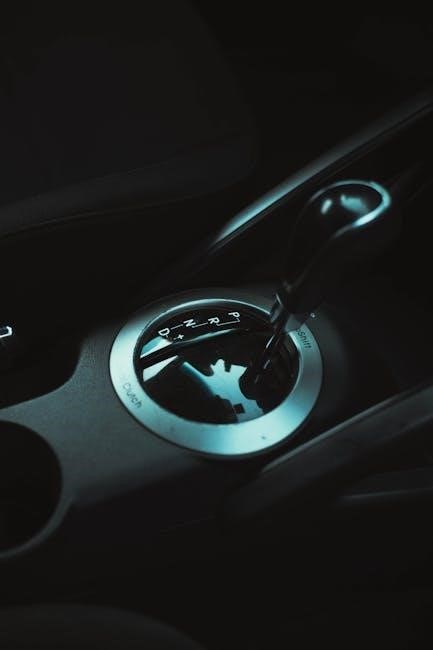
Technical Challenges and Modifications
Converting to automatic transmission requires modifying the electrical system, drivetrain, and controls. Compatibility issues with the ECU and wiring harness must be addressed. Drivetrain alignment and pedal assembly adjustments are critical, and potential transmission mounts and firewall modifications may arise, ensuring smooth operation and integration with the vehicle’s existing systems.
6.1 Electrical System Changes
Converting to an automatic transmission requires significant electrical system modifications. The ECU must be reprogrammed or replaced to accommodate the automatic transmission’s control logic. Wiring harnesses may need to be updated to support new sensors and solenoids. Compatibility issues between the manual and automatic transmission systems can arise, requiring careful adaptation to ensure proper communication and functionality. Professional expertise is often necessary to navigate these complex changes successfully.
6.2 Mechanical Modifications Required
Converting from manual to automatic transmission involves substantial mechanical changes. The clutch pedal and manual shifter must be removed, and a new torque converter installed. The flywheel is replaced with a flex plate, and the driveshaft may need shortening. Additionally, transmission mounts and crossmembers are often modified to accommodate the automatic unit, ensuring proper alignment and support. These modifications are critical for a smooth and durable conversion.

Case Studies and Examples
Real-life examples, such as the Suzuki Alto conversion, demonstrate successful transitions from manual to automatic transmission, improving drivability and efficiency while maintaining performance.
7.1 Successful Conversion Stories
The Suzuki Alto VXR 1000 to 660 K6A conversion highlights a seamless manual-to-automatic transition, enhancing drivability and performance. Such real-life examples demonstrate how modern automatic transmissions can improve efficiency while retaining vehicle character, offering practical insights for enthusiasts and drivers seeking smoother, hassle-free driving experiences.
7.2 Lessons Learned from Real-Life Experiences
Real-life conversions reveal the importance of thorough research, compatible parts, and professional expertise. A failed attempt often stems from overlooked electrical or mechanical modifications. Proper planning, budgeting, and testing are crucial to avoid costly setbacks, ensuring a smooth transition from manual to automatic transmission.
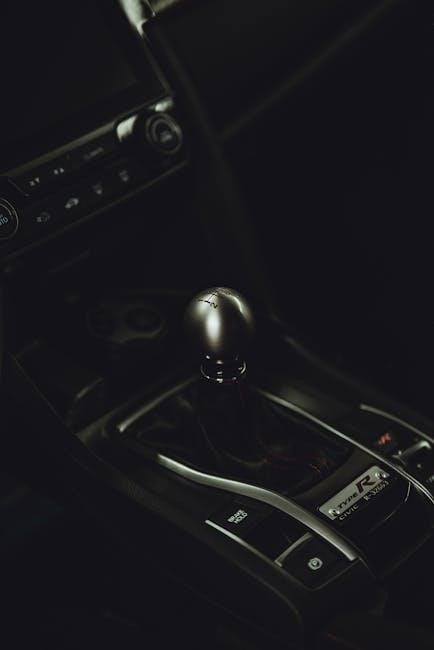
The Role of Professional Mechanics
Professional mechanics bring expertise and specialized tools, ensuring a safe and successful conversion. Their involvement is crucial for complex modifications, preventing costly errors and guaranteeing reliability.
8;1 Importance of Expertise in Conversion
Expertise is crucial in manual-to-automatic transmission conversions due to the complexity of electrical, mechanical, and drivetrain modifications. Professionals ensure compatibility, proper installation, and functional integration, minimizing risks and ensuring optimal performance. Their knowledge of specific vehicle systems and advanced tools guarantees a seamless transition, avoiding costly errors and potential safety hazards.
8.2 When to Seek Professional Help
Seek professional help if you lack mechanical expertise or tools. Modern vehicles require precise electrical and mechanical modifications, making DIY attempts risky. Professionals handle complex tasks like ECU reprogramming, wiring harness adjustments, and drivetrain alignment, ensuring reliability and safety. They also address unforeseen issues, making their involvement essential for a successful and stress-free conversion.

Pros and Cons of Conversion
Converting to automatic offers convenience and smoother driving but may reduce fuel efficiency and driving engagement. Weigh these factors carefully before deciding;
9.1 Advantages of Automatic Transmission
Automatic transmissions offer enhanced convenience, smoother acceleration, and reduced driver fatigue, especially in heavy traffic. They eliminate manual shifting, providing a more relaxed driving experience. Modern automatics often match or exceed manual transmission fuel efficiency while delivering consistent performance across various driving conditions, making them ideal for urban and long-distance commuting.
9.2 Drawbacks and Potential Issues
Converting to an automatic transmission can be costly, with expenses ranging from $1,500 to $3,000, depending on the vehicle and shop. It may also require significant modifications, including changes to the electrical system, ECU, and drivetrain. Additionally, some functions may not work as intended, and sourcing compatible parts can be challenging, making it a complex and potentially problematic process for some drivers.
Converting a manual to automatic transmission offers convenience but involves significant costs and complexity. Weighing the benefits against potential challenges is crucial for a well-informed decision.
10.1 Key Takeaways for a Successful Conversion
Success lies in thorough research, selecting the right conversion kit, and ensuring compatibility. Professional expertise is often essential, and budgeting for unforeseen costs is wise. Proper testing post-conversion ensures reliability and safety, making the transition worthwhile for enhanced driving convenience and performance.
10.2 Maintenance Tips for the New Automatic Transmission
Regular fluid checks and timely filter replacements are crucial for optimal performance. Avoid extreme temperatures and sudden acceleration. Schedule periodic inspections with a professional mechanic to ensure longevity. Proper maintenance prevents wear and tear, ensuring smooth operation and extending the lifespan of your new automatic transmission for years to come.


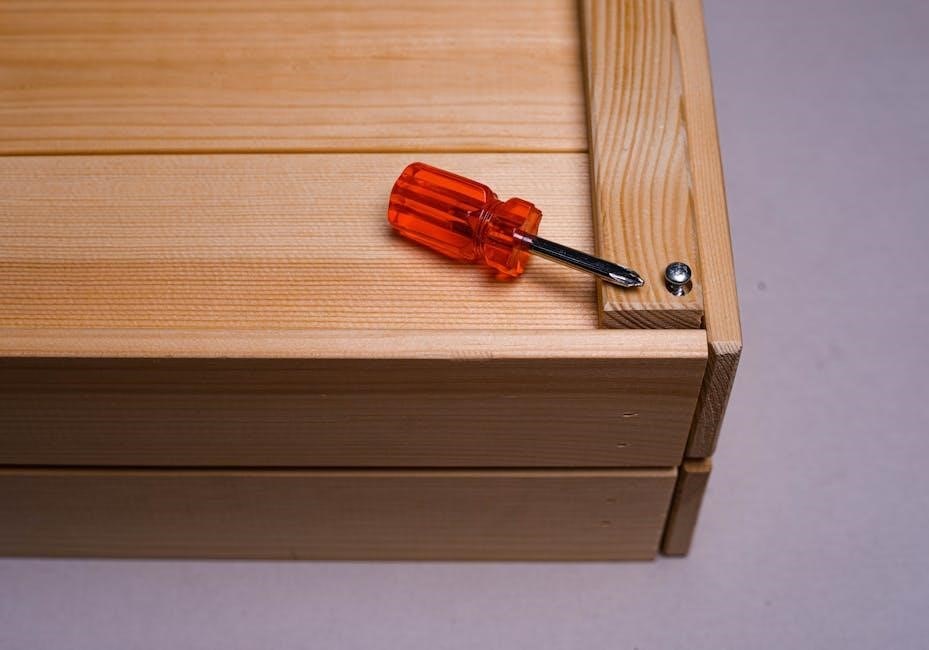

About the author